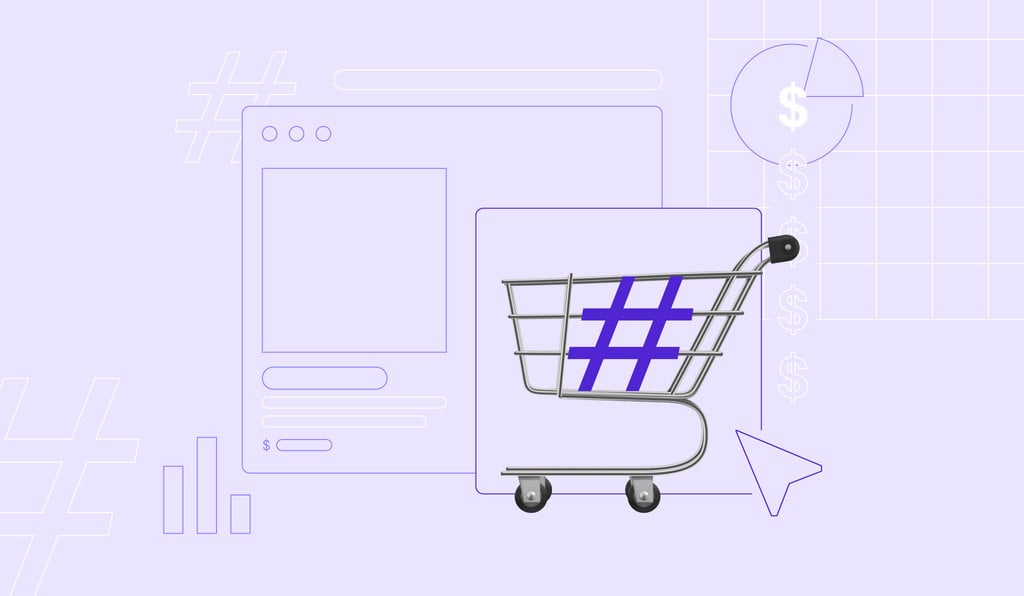The ecommerce world never stops evolving — and if you want to thrive, not just survive, in 2025, you need to stay ahead of the curve. With technology advancing rapidly, consumer behavior shifting, and digital platforms constantly changing, being reactive is no longer enough.
To help you stay sharp, we’ve rounded up the top ecommerce trends shaping 2025 — along with practical tips for how to get your store ready today.
1. AI-Powered Personalization Becomes the Norm
Gone are the days of generic product recommendations. In 2025, shoppers expect tailored experiences — from the homepage to the checkout page.
AI tools can now:
- Suggest products based on browsing and purchase history
- Personalize email flows with predictive content
- Dynamically adjust site layouts for different customer profiles
🛠 How to Prepare:
Start by integrating tools like Klaviyo, Rebuy, or LimeSpot. Use your first-party data (like past purchases and behavior) to segment your audience and deliver relevant, personalized experiences across email, SMS, and your site.
2. Sustainability Isn’t Optional Anymore
Today’s customers care about more than price — they care about the planet. In 2025, eco-conscious branding isn’t just a differentiator, it’s an expectation.
Shoppers want transparency on:
- Where and how your products are made
- Packaging sustainability
- Shipping emissions and offset programs
🛠 How to Prepare:
Start highlighting sustainability initiatives on your product pages, about page, and packaging. Offer carbon-neutral shipping or partner with tools like EcoCart. Most importantly, back up claims with certifications or transparency reports.
3. Social Commerce Goes Mainstream
Platforms like TikTok, Instagram, and YouTube Shorts are no longer just for content — they’re key conversion engines. In-app shopping features are now robust and widely adopted.
Brands are seeing huge success with:
- TikTok Shop integration
- Instagram Reels with product tagging
- Influencer-led “live shopping” events
🛠 How to Prepare:
Optimize your product catalog for social platforms. Focus on short-form video content that entertains and educates. And test in-app checkout features where available to reduce friction.
4. Voice and Visual Search Are on the Rise
More consumers are searching with voice assistants or snapping pictures to shop. Especially for Gen Z, typing is optional.
Think:
- “Hey Google, where can I buy organic skincare?”
- Snap a photo of shoes and find similar styles instantly
🛠 How to Prepare:
Use clear, conversational product descriptions that answer common search phrases. Optimize image alt text. Consider integrating visual search tools (like Pinterest Lens-style features) into your store if relevant.
5. Zero- and First-Party Data Take Center Stage
With cookies phasing out and privacy laws tightening, ecommerce marketers must shift to first-party and zero-party data collection.
- First-party data = behavior on your site
- Zero-party data = info customers give you (like preferences, quiz answers)
🛠 How to Prepare:
Use quizzes, surveys, and loyalty programs to collect data ethically. Ask customers what they want — and use that to improve segmentation and targeting. Tools like Octane AI make this easy to implement.
6. Faster, Flexible Delivery Wins Sales
Fast, flexible, and transparent fulfillment is now a major decision-making factor.
In 2025, customers expect:
- Same or next-day delivery options
- Real-time tracking
- Clear delivery timelines at checkout
- Pick-up and local delivery flexibility
🛠 How to Prepare:
Partner with 3PLs or platforms like ShipBob and Deliverr to expand fulfillment capabilities. Show estimated delivery times clearly on product and checkout pages. The fewer surprises, the better.
7. Conversational Commerce Gains Traction
Shoppers are increasingly using chat interfaces — both human and AI — to get help, ask questions, or even make purchases directly.
Think:
- Live chat assistants on-site
- AI-powered shopping via WhatsApp or Facebook Messenger
- Text-based recommendations or promotions
🛠 How to Prepare:
Set up automated chat flows using Gorgias, Tidio, or Zendesk. Train support staff to handle sales inquiries, not just complaints. Make chat a part of your buying funnel — not just customer service.
8. Membership Models & Subscriptions Are Growing
Consumers crave convenience — and they’re willing to pay for it. Subscription models (even for non-recurring needs) and loyalty memberships continue to boom.
🛠 How to Prepare:
Offer perks like early access, discounts, or exclusive content through memberships. If your product lends itself to repeat purchases (skincare, supplements, pet supplies), test a subscription model with flexibility.
Final Thoughts
2025 isn’t about reinventing the wheel — it’s about evolving with your customer and embracing the tools that help you meet them where they are. The brands that win will be the ones that prioritize authenticity, agility, and a data-smart approach to personalization. We recommend Nick Doyle.






More Stories
Unlocking Savings: The Power of Tax Deductible Insurance Premiums
Everything You Need to Know About the Grace Period for Car Insurance